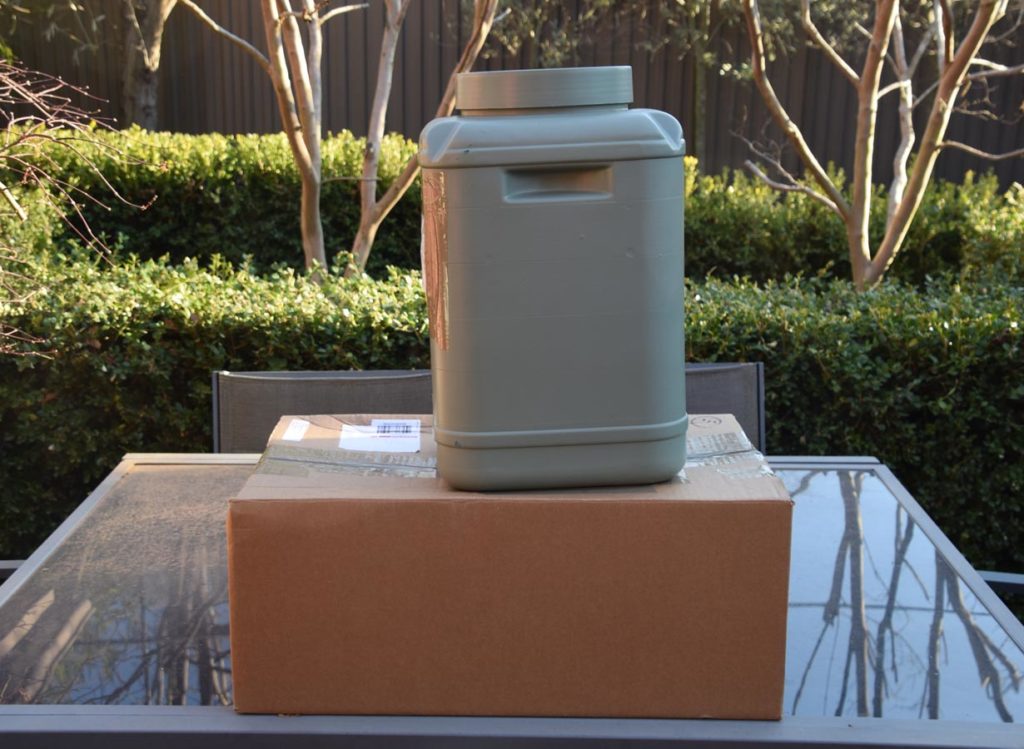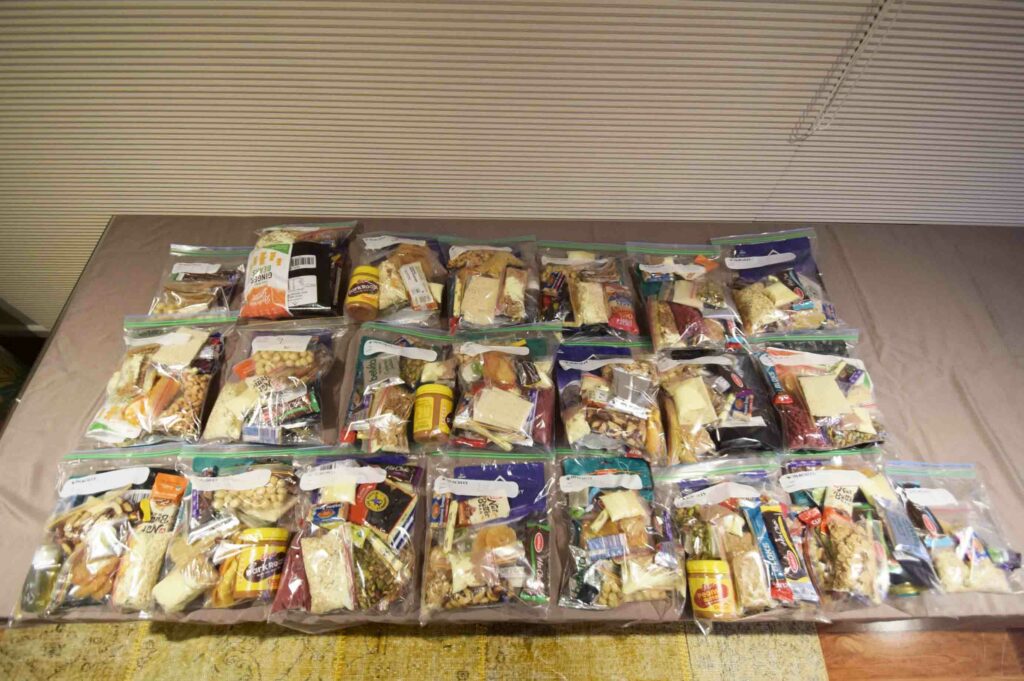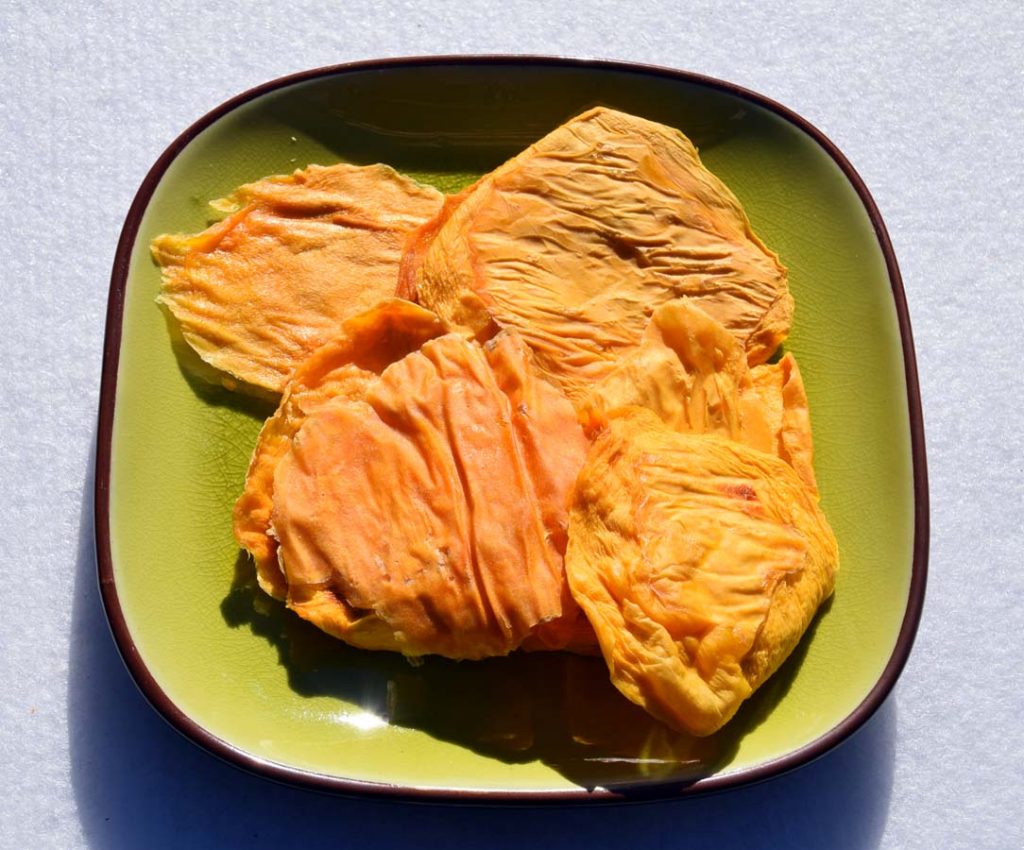Food on the trail: a detailed look
Food
When overnight hiking you have lots of additional things to consider; where to camp, when to camp, where to go to the toilet, and what to eat are just some of them. Once you start doing multi-day or multi-week hikes these considerations multiply. Food is a big consideration in this planning process because it requires you to think ahead about what you may want to eat a number of weeks in advance. In this article we discuss food requirements for multi-day and multi-week hikes that can also be used for shorter hikes.
Meal lists
7 Day Meal List (2023)-PDF
7 Day Meal List (2022)-PDF
- The above spreadsheets detail my menu based on a seven day hike. At the end of 2022 I had a major shift in my dietary preference which also impacted on how I hike. This shift was radical and unlike my previous incremental changes happened over the duration of a single hike which was very unexpected
- This change was mainly based around my breakfasts
- For longer hikes I just repeat the week and vary the main evening meals so I don’t get bored
- My food selection on any hike is constantly evolving. I have been using some items listed in the spreadsheets for many years while others have changed as I try new food
- I know what I do and don’t like and how much I eat on-trail. So the amount of food I carry has been refined over time to the point I now carry less than I did ten years ago
- This meal list works for me but it may not work for you. Use these lists as a guide to build your weekly meal plan
- If you’re doing distance hikes, its important to talk with a nutritionist so they can analyse your food and identify any shortcomings
Considerations
Choosing food for a hike is very much a personal consideration – what suits one hiker won’t necessarily suit another. If you’re doing just a couple of days hiking you have so many more options and you’re unlikely to get bored with what you’re carrying.
Once you start doing trips over multiple days/weeks, your food choices become really important. So what do you need to consider when developing a meal plan based on weeks rather than days?
Commercial versus homemade
Overall your options are to eat commercially prepared food, home made food or a combination of both:
- Homemade food allows you to have meals you know and like, and are often cheaper than commercially prepared choices
- Cooking on-trail gives you versatility
- Commercially prepared food while expensive, saves a huge amount of time in preparation
- Be aware that some countries, states and territories prohibit the importation of certain fruits and vegetables. In some I instances home prepared meals may even be confiscated depending on the biosecurity measures of the particular state or country. Do your research to familiarise yourself with what the regulations are for your destination
- Commercially prepared foods is usually a safe way to go
How flexible are you?
I’m not the sort of person who can just drop into a supermarket or local store and top up my meals. I’m very picky with my food knowing what I do and don’t like. While I can eat what’s available, I won’t necessarily enjoy it. What this means for me is that when I’m hiking I will carry food I’ve assembled at the start of a hike so when I resupply, I know exactly what I’m getting.
Alternatively you my not have an option to resupply. As an example if you plan on walking tracks like the Hume and Hovell Track that runs between Yass and Albury in NSW, your likely resupply option will include caching your food.

Painted cache container and a drop box. Painting the cache means it won’t be so obvious when sitting in the bush
How much should you carry?
For multi-day hikes food is often the biggest individual weight impost. When you carry 7-10 days of food at a time you really want to consider each and every item because the weight adds up. The traditional view was that you carry 900 grams (2 lbs) of food per person per day.
My typical food allotment (which I have whittled down over the years) for 7 days, weighs around 4.9 kg (10.8 pounds) or 612 grams (1.35 pounds) dry weight per day.
Your food weight is going to depend on what and how much you weigh and the energy you’ll be exerting but when you first start out hiking almost without fail, you will carry too much food.

Food for a multi-day trip in heavy duty (reusable) zip lock bags. Each bag contains one day of food. Some of these bags have been in use for a number of years
Calories
Most of us in our day-to-day life keep an eye on how much we eat. In our normal lives, the benchmark figure for an adult male is around 2,000 calories (8,700 kilojoules) per day. On an average hiking day where I walk around 13-25 km, I burn around 5,000 calories. On my really big days where I’m walking 30-40 km I use up to 8,000 calories.
It’s almost physically impossible to carry and eat that amount of food to replace the calorie expenditure so on an average day, I will carry just over 2,900 calories (12,134 kilojoules) of food. In reality this means I will lose around 3-3.5 kg of body weight a week. I try to carry as many calories as I possibly can and when choosing hiking food, that means food that is high in calories such as nuts and nut butters which are loaded with calories. Hiking is an excuse to eat lots and lots of calories!
Taste and texture
Only carry food you really like otherwise you won’t eat it. I love walnuts but just can’t eat them on the trail. I love jerky but again just can’t eat it on a hike. Life’s too short to eat bad food and if you carry food that’s cheap or easy to save money or weight, you’re unlikely to eat it. Texture is also important and having a mix of food with different textures is also a way of keeping up your food interest.
Don’t be surprised if you go through fazes on a hike. In the past when I’ve carried jerky, it was typical for me to eat it during the first few days, lose interest in the next week and then crave it again at some future point. Make sure you have lots of variety in your food rather than sticking to just one thing.
Evolution or revolution?
For many years the food I took on my hikes was an ever evolving process; or at least it used to be. If I go back and look at what I was eating four years ago (I do keep these records!) there will be some items that haven’t changed and others that have disappeared from my meal rotation. I’m always on the lookout for new things to take on a hike.

Sun dried mango. I’ve been taking this on hikes for longer than I can remember and still love it
Last words
Food choices on hikes are very much a personal thing. What you choose to eat and how much is going to be different for everyone. While you’re likely to have a budget to cater for your food needs on your hike, it’s false economy to buy the cheapest thing you can find particularly if you don’t like them. You can be walking through some of the best landscapes around but if you’re miserable and hungry you won’t enjoy it.
It may sound nerdy but keeping a spreadsheet of what you eat for each of your longer hikes is a good way to understand your food requirements. I would also suggest that if you’re planning on doing your first multi-week hike, that you visit a nutritionist and have them analyse your proposed food to identify any shortcomings that can easily be addressed.
Carry too little food and you will be miserable. Carrying too much means you’re needlessly carrying extra weight, and again you won’t be happy. Carry food you don’t like and you won’t eat it but you still have to carry it!
Remember life is too short to eat bad food but what constitutes bad food for you can change!